Starbucks’ banana bread is a beloved bakery item that has gained a special place in the hearts of many customers. Known for its moist texture and rich banana flavor, it has become a favorite accompaniment to various beverages.
This article delves into the origins, ingredients, and unique characteristics that make this banana bread so popular. Additionally, we’ll explore tips for making a similar version at home and some common mistakes to avoid.
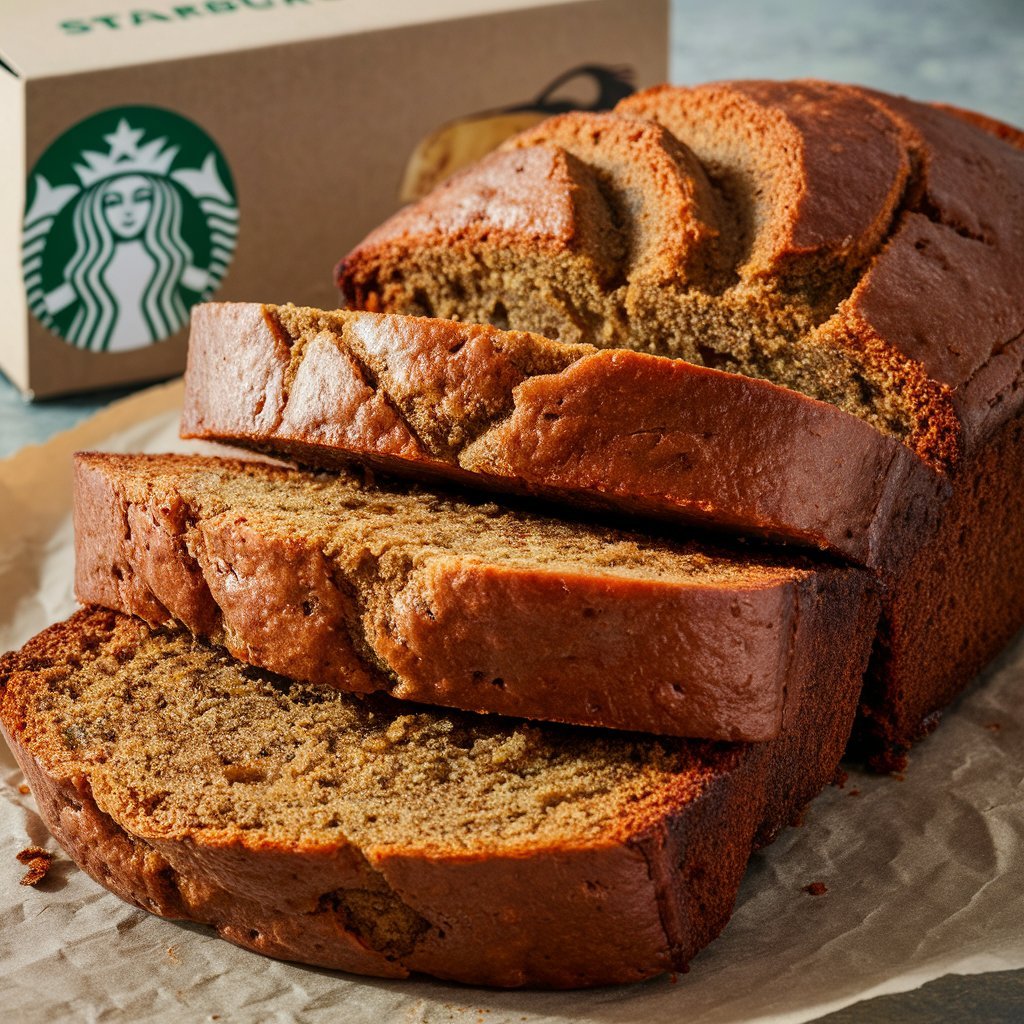
Origins of the Starbucks Banana Bread
Starbucks’ banana bread was introduced as part of their bakery menu and swiftly became a customer favorite. The blend of sweet and nutty flavors has made it an ideal pairing with coffee and other drinks.
The moist texture and rich banana flavor are key elements that have propelled its popularity. It’s a go-to option for those looking for a reliable and delicious baked good.
Why It Became So Popular
The simplicity and consistent quality of Starbucks’ banana bread are significant factors in its popularity. Unlike some bakery items that can vary, every slice is flavorful and perfect.
Its universal appeal lies in its taste – not overly sweet with the right amount of crunch from the nuts. This consistency has won over many customers.
Additionally, Starbucks has maintained a high standard in its preparation, ensuring that the banana bread remains a staple in their menu.
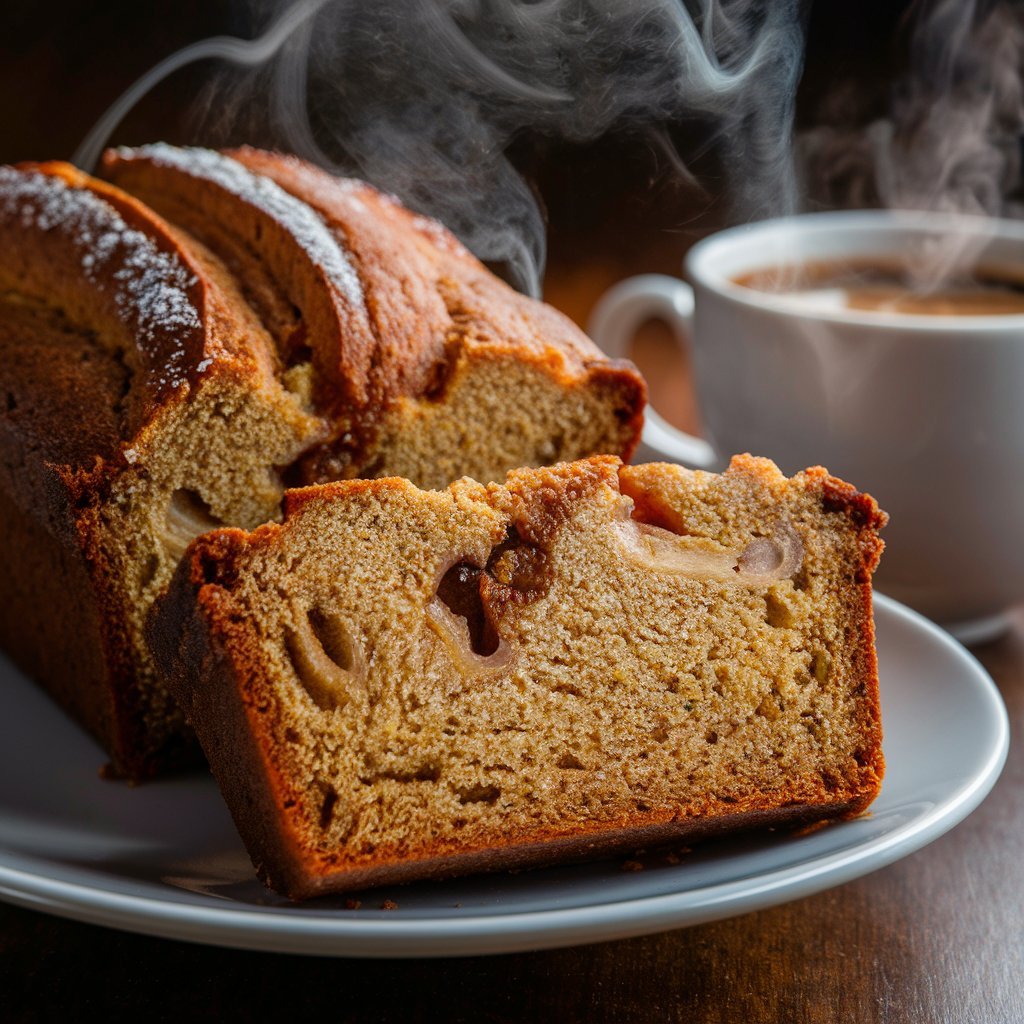
Ingredients Needed
To recreate Starbucks’ banana bread at home, you’ll need the following ingredients: 3 ripe bananas, 1/2 cup melted unsalted butter, 3/4 cup granulated sugar, 1 large egg, 1 teaspoon vanilla extract, 1 teaspoon baking soda, a pinch of salt, 1 1/2 cups all-purpose flour, and 1/2 cup chopped walnuts (optional).
Each ingredient plays a crucial role in achieving the perfect texture and flavor. The bananas must be ripe to enhance the sweetness and moisture.
Tips on Selecting the Best Bananas
The ripeness of your bananas is crucial in making banana bread. Heavily spotted or even blackened bananas are the best.
The riper the bananas, the sweeter and more flavorful your banana bread will be. Always choose bananas that are past their prime for the best results.
Using under ripe bananas will result in a less sweet and less moist bread, which is not desirable.

Kitchen Tools You’ll Need
Before starting, gather mixing bowls, a whisk, a spatula, a 9×5-inch loaf pan, measuring cups and spoons, and a cooling rack. These tools will help ensure a smooth baking process.
Optional tools for added convenience include a stand mixer and parchment paper for lining the loaf pan, making cleanup easier.
Having the right tools can make a significant difference in the ease and outcome of your baking experience.
Step-by-Step Instructions
Preheat your oven to 350°F (175°C) and grease a 9×5-inch loaf pan or line it with parchment paper. Mash three ripe bananas in a mixing bowl until smooth.
Mix in the melted butter, sugar, egg, and vanilla extract until the blend is smooth. In another bowl, whisk together flour, baking soda, and salt.
Gradually combine the wet and dry ingredients, stirring gently until just combined. Fold in the walnuts, if using. Pour the batter into the loaf pan and bake for 60-65 minutes.
Let the bread cool in the pan for 10 minutes before transferring it to a cooling rack. Once cooled, slice and enjoy!
Tips for Perfect Banana Bread
Avoid overmixing the batter to prevent a tough texture. Mix until the ingredients are just combined.
Use room temperature eggs and butter for a smooth batter and even baking. Additionally, allow the bread to cool completely for clean slices.
Following these tips ensures a tender, moist, and delicious banana bread every time.
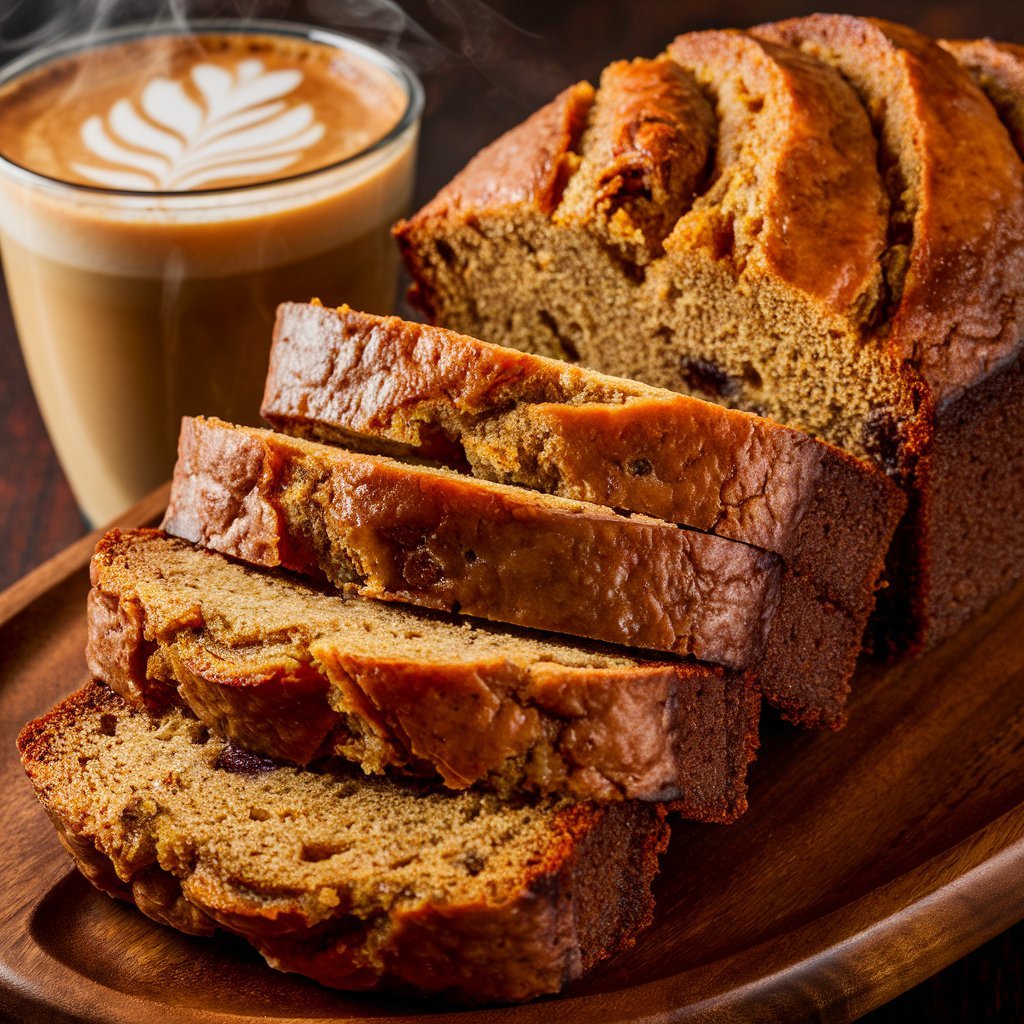
Common Mistakes to Avoid
Overmixing the batter can lead to a dense and tough loaf. Mix gently and just enough to combine the ingredients.
Under ripe bananas won’t provide the necessary sweetness and moisture. Ensure your bananas are fully ripe for the best results.
Incorrect oven temperature can cause uneven baking. Preheat your oven properly and consider using an oven thermometer to maintain accuracy.
Customization Ideas
For a sweeter twist, add chocolate chips to the batter. You can also make it vegan by substituting butter with a plant-based alternative and using a flax egg instead of a regular egg.
A gluten-free option involves using a 1:1 gluten-free flour blend in place of all-purpose flour. These variations can cater to different dietary needs.
Experimenting with these customizations can yield delightful and unique flavors in your banana bread.
Serving Suggestions
Serve your banana bread slightly warmed with a pat of butter or cream cheese spread. Pair it with a hot cup of coffee for the ultimate treat.
Banana bread also pairs well with beverages like chai latte, iced coffee, or hot chocolate, making it a versatile snack or dessert.
These serving suggestions can enhance your banana bread experience, making it even more enjoyable.
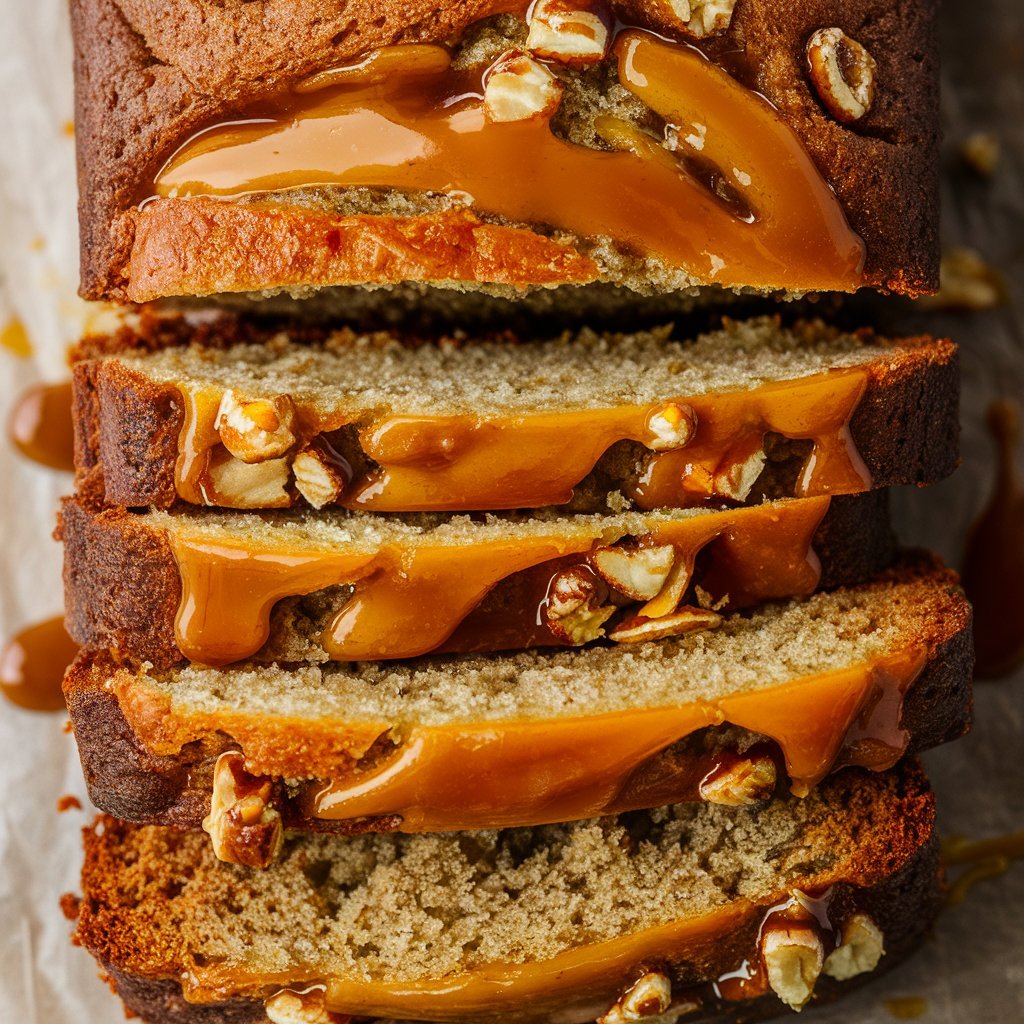
Storage Tips
Wrap the banana bread tightly in plastic wrap or place it in an airtight container to keep it fresh for up to three days at room temperature.
For longer storage, wrap the bread in plastic wrap and then foil before placing it in a freezer-safe bag. It can be frozen for up to three months and thawed overnight in the refrigerator.
Reheat slices in the microwave for 10-15 seconds to enjoy that just-baked warmth.
Baking Starbucks-style banana bread at home is simpler than you might think. With the right ingredients, tools, and a bit of patience, you can enjoy a delicious loaf that rivals the coffee chain’s offering.
Whether you prefer it plain or with a personal twist, this banana bread is sure to become a household favorite. Enjoy experimenting and finding your perfect recipe!
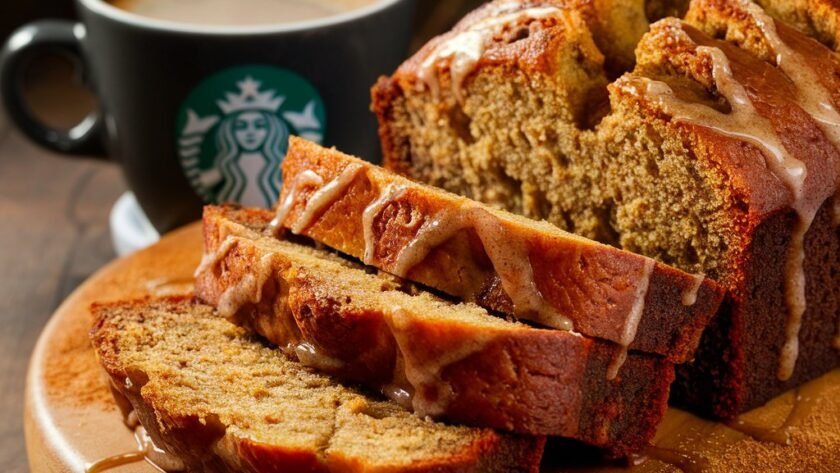



[…] are the nutrients in Potato […]